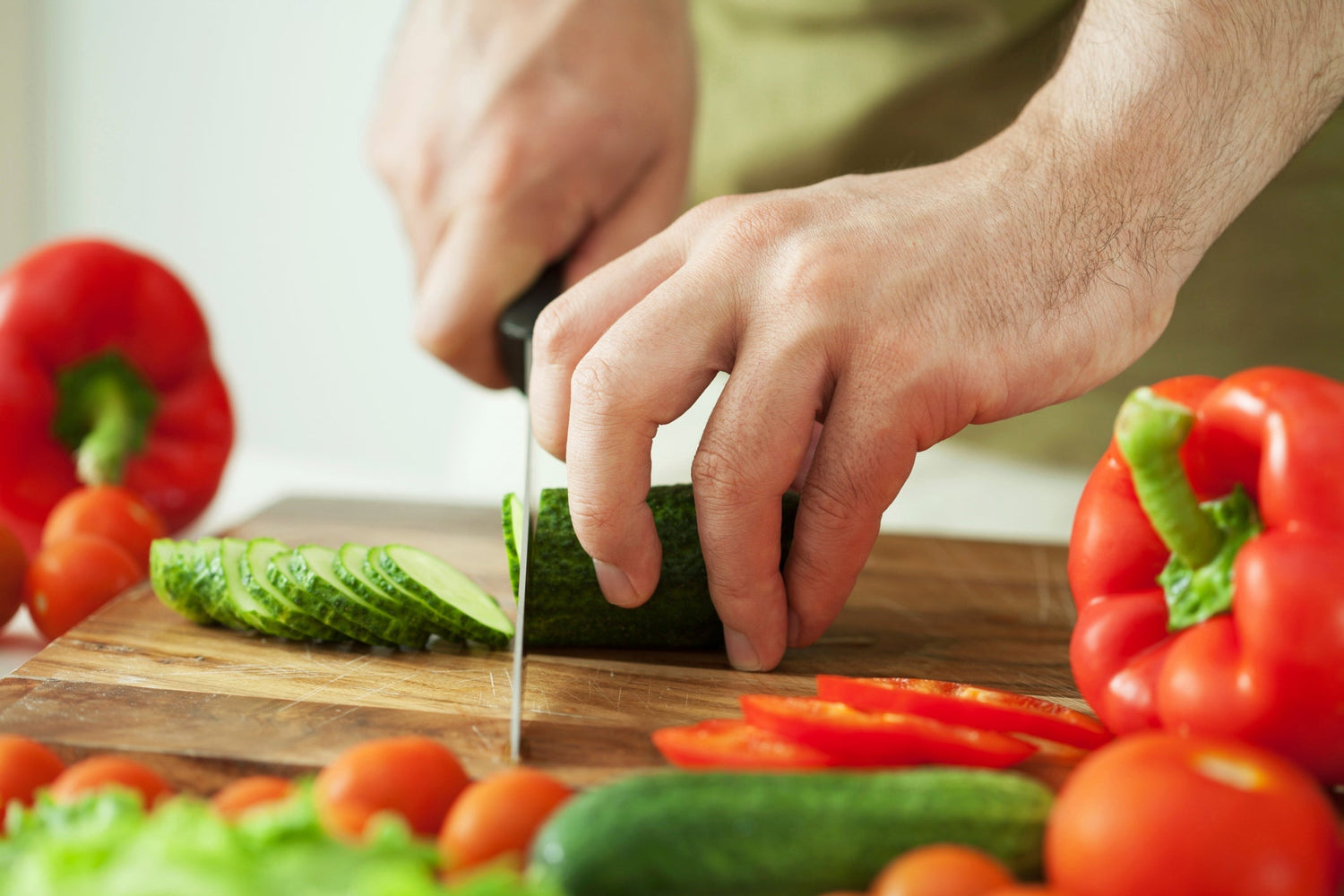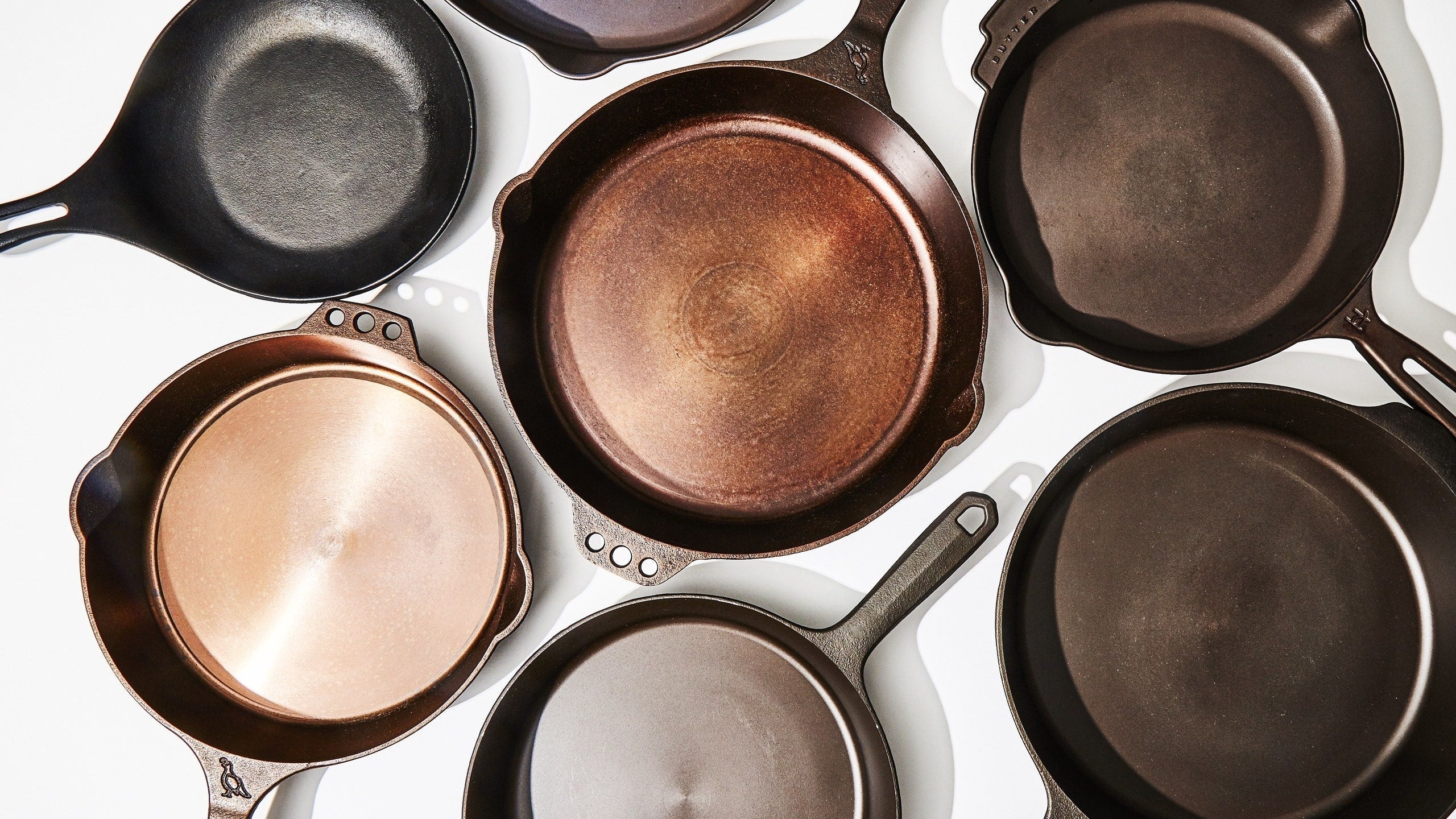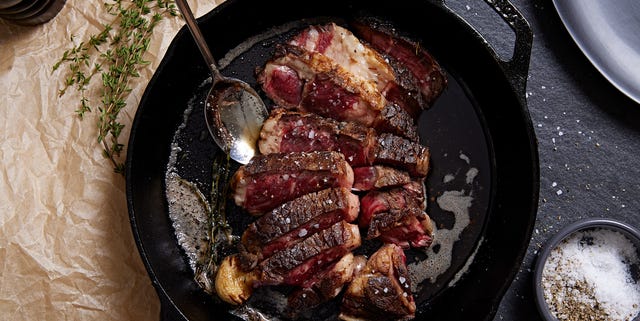For every culinary expert, a clean and safe kitchen is of utmost importance. Wood cutting boards, known for their beauty and functionality, can easily become breeding grounds for bacteria if not maintained well. Understanding how to properly disinfect a wood cutting board is essential for ensuring food safety and extending the life of this indispensable kitchen tool. This life-changing guide will reveal shocking yet vital tips to keep your wood cutting board clean and sanitary, specifically designed for kitchen professionals.

The Importance of Maintaining a Clean Cutting Board
Wood cutting boards are more than just tools; they are integral to a chef's arsenal. Their porous surface can trap bacteria and stubborn odors, making regular disinfection crucial. It's not just about aesthetics; its essential for preventing foodborne illnesses. Knowing these terrific practices can truly transform how you operate in high-pressure kitchen environments.
Why Choose Wood Cutting Boards?
When properly cared for, wood cutting boards are durable, naturally anti-bacterial, and kind to knife edges. To reap these tremendous benefits, however, cleanliness must be a priority.
Step-by-Step Guide: How to Disinfect Wood Cutting Board
1. Start with Thorough Cleaning
Before moving to disinfection, its vital to ensure your board is completely clean. Use hot soapy water and a scrubbing brush to banish food particles, then rinse thoroughly and dry with a clean towel. This initial step is crucial to eliminate debris that might hinder your disinfecting process.
2. Vinegar for Routine Maintenance
White vinegar is one of the safest, eco-friendly cleaning options available. Mix 1 part vinegar with 4 parts water, apply it generously across the board, and allow it to sit for 5 minutes before rinsing. This simple yet effective method can significantly reduce bacterial growth. Check out these cleaning tips for enhancing your kitchen hygiene.
3. Lemon and Salt for Deep Cleaning
To tackle stains while disinfecting, use a combination of lemon and kosher salt. Generously sprinkle salt on the board's surface, scrub with half a lemon, and leave it to sit for about 10 minutes before rinsing thoroughly.
4. Bleach Solutions for Intense Disinfection
In environments that require heavy-duty cleaning, a shocking yet FDA-approved technique is to use a diluted bleach solution. Combine one tablespoon of bleach with a gallon of water, apply with a clean cloth, and rinse thoroughly with warm water, drying immediately to avoid warping.
5. Regular Maintenance Links
To keep your kitchen tools in top shape, consider details from our boiling guide or how to achieve grill marks using a grill pan.
Avoid Common Disinfection Mistakes
Avoiding Abrasive Cleaners
Steer clear of strong commercial abrasives that can strip away the natural oils from your wood board, ultimately reducing its lifespan.
Dont Skip Regular Maintenance
Simply disinfecting from time to time isnt enough in a professional kitchen. Regular use of mineral oil is essential to maintain the boards integrity and hygiene.
Prioritize Proper Drying
Excess moisture can promote bacterial growth. Always air-dry your cutting board vertically or use a clean towel for drying.
Discover more tools for maintaining hygiene.Professional Kitchen Approved Care Tips
- Invest in separate cutting boards for raw proteins and fresh produce.
- Regularly apply oil to condition your boards.
- Check your cutting board for deep grooves or wear on a regular basis.
Frequently Asked Questions
-
Q: How often should I disinfect my wood cutting board?
A: In high-use kitchen settings, its advisable to disinfect daily or after preparing raw meat.
-
Q: Is vinegar as effective as bleach?
A: While vinegar is great for routine disinfection, bleach may be more effective for intensive cleaning tasks.
-
Q: Can I put my wood cutting board in the dishwasher?
A: No, dishwashers can warp and damage wooden cutting boards due to excessive heat and moisture.

Conclusion
By implementing these strategies on how to disinfect a wood cutting board, you will not only ensure the longevity of your kitchen tools but also uphold rigorous food safety standards. For kitchen professionals, mastering this skill reflects not just on your capabilities but also your unwavering commitment to excellence.
This article contains affiliate links. We may earn a commission at no extra cost to you.






Leave a comment
This site is protected by hCaptcha and the hCaptcha Privacy Policy and Terms of Service apply.